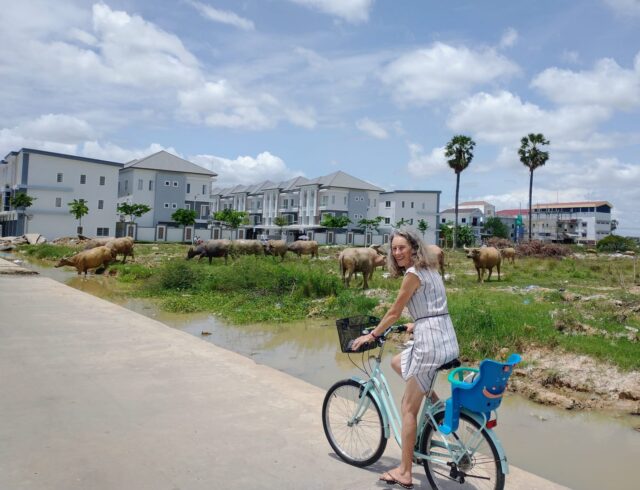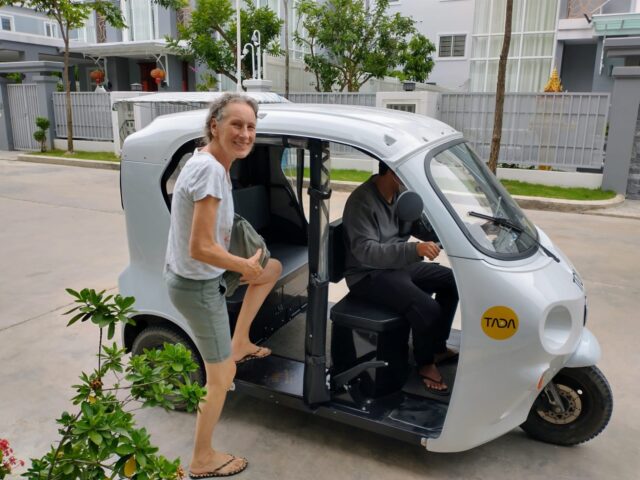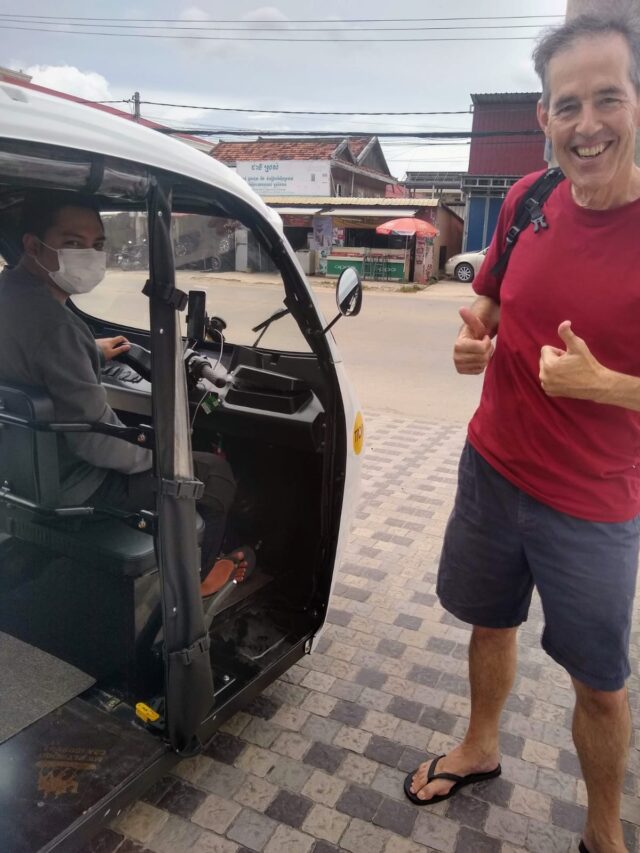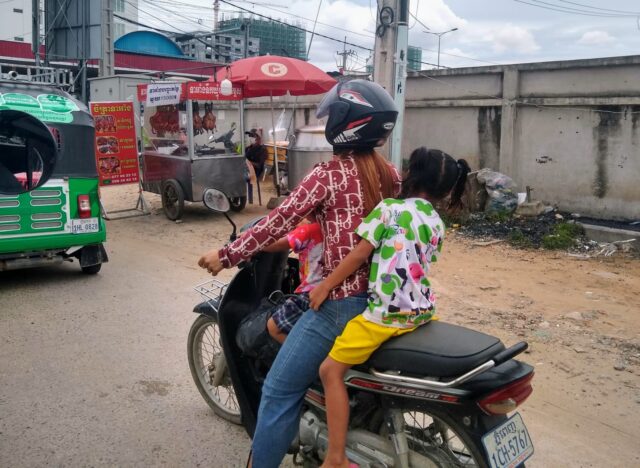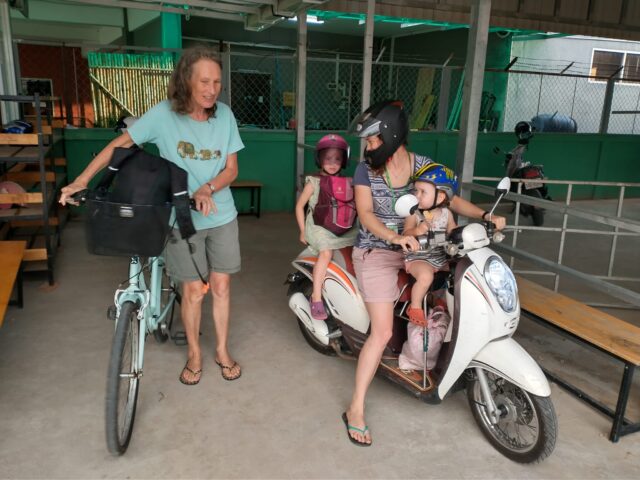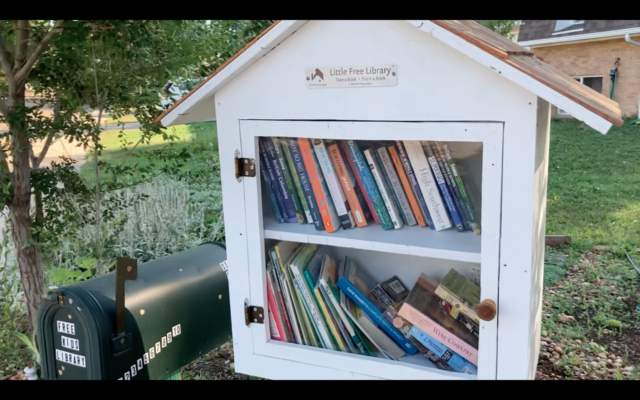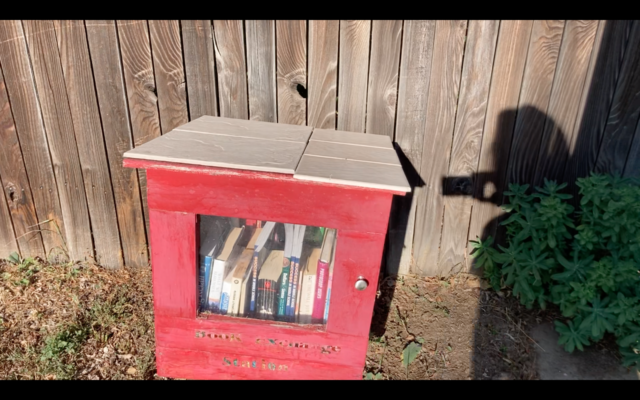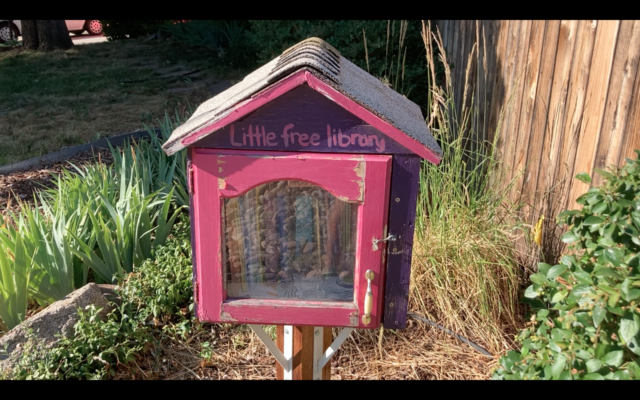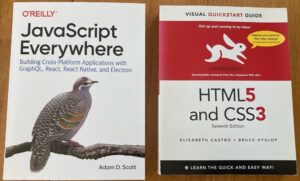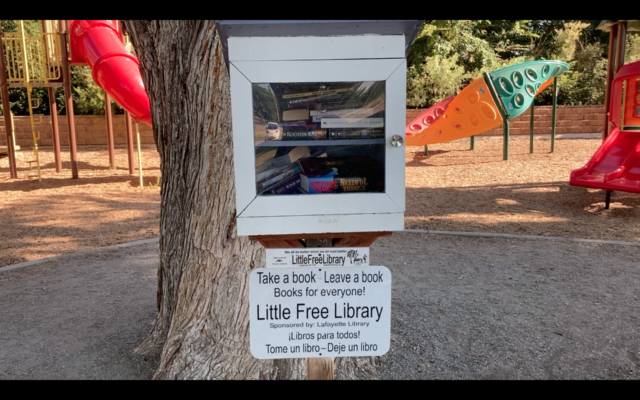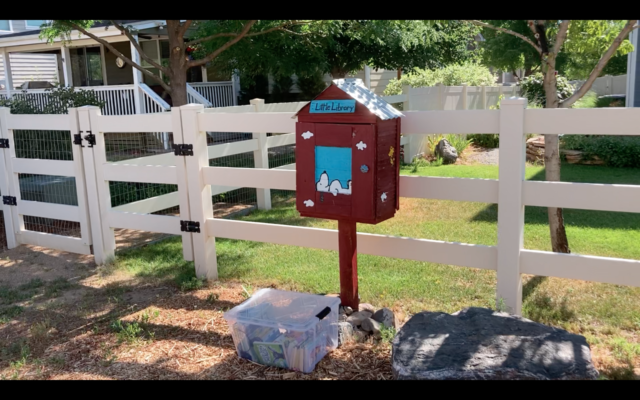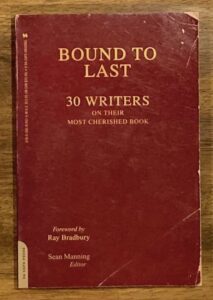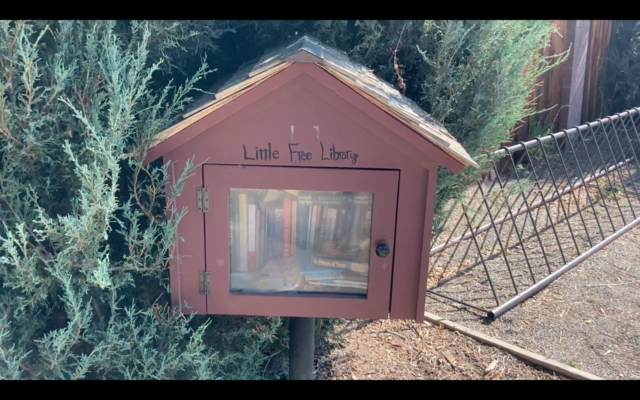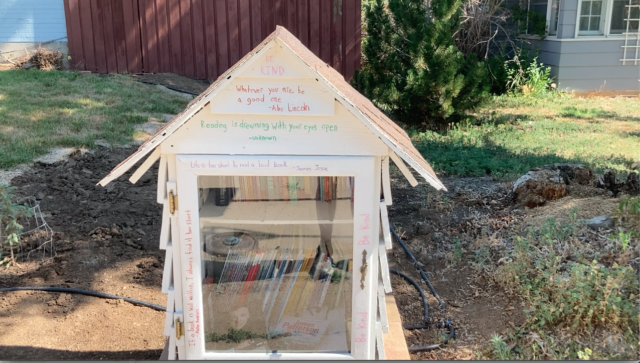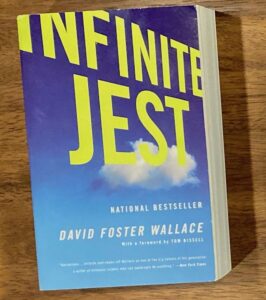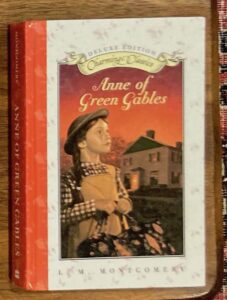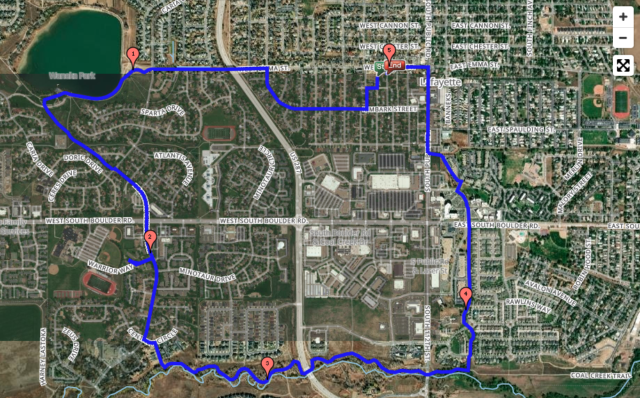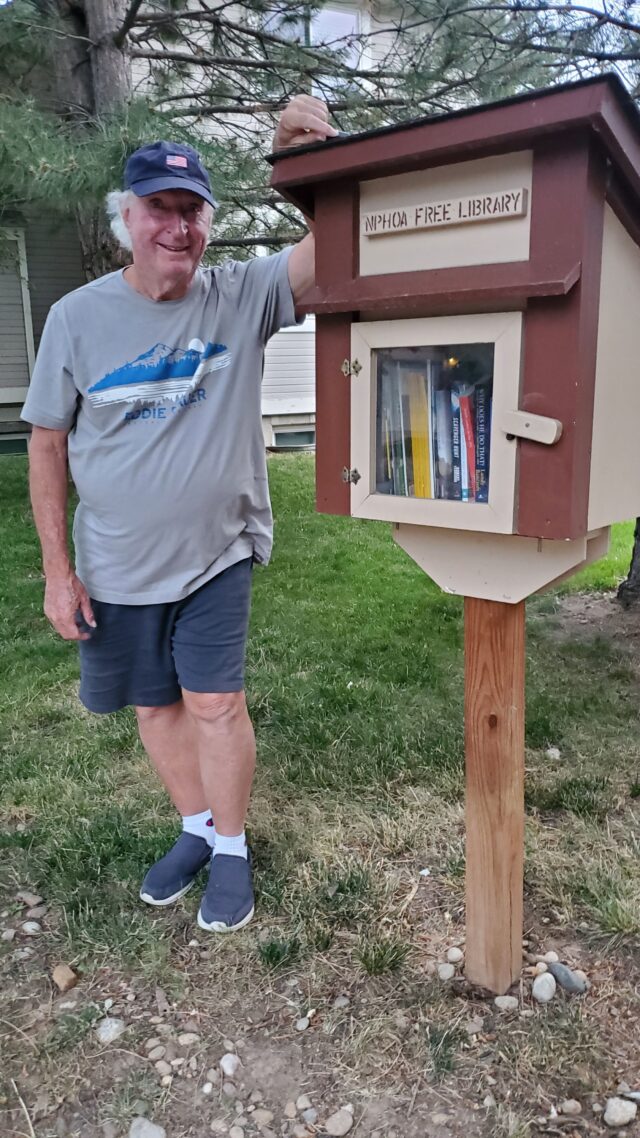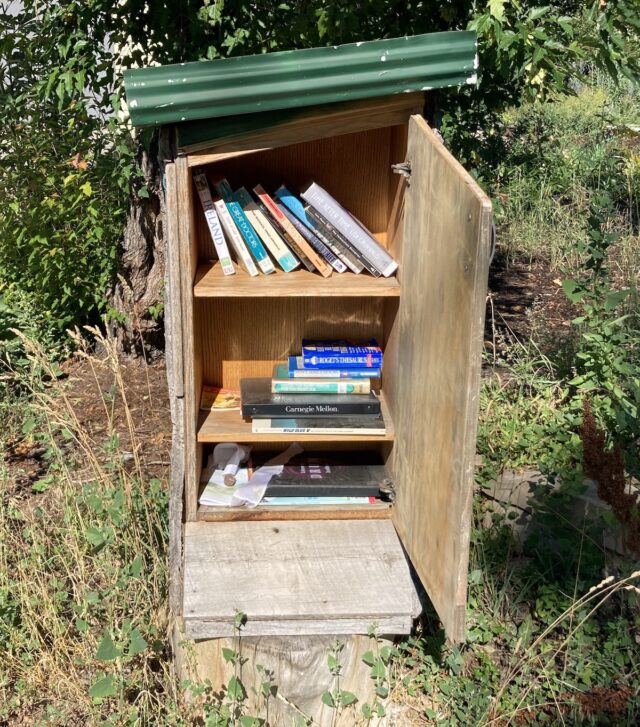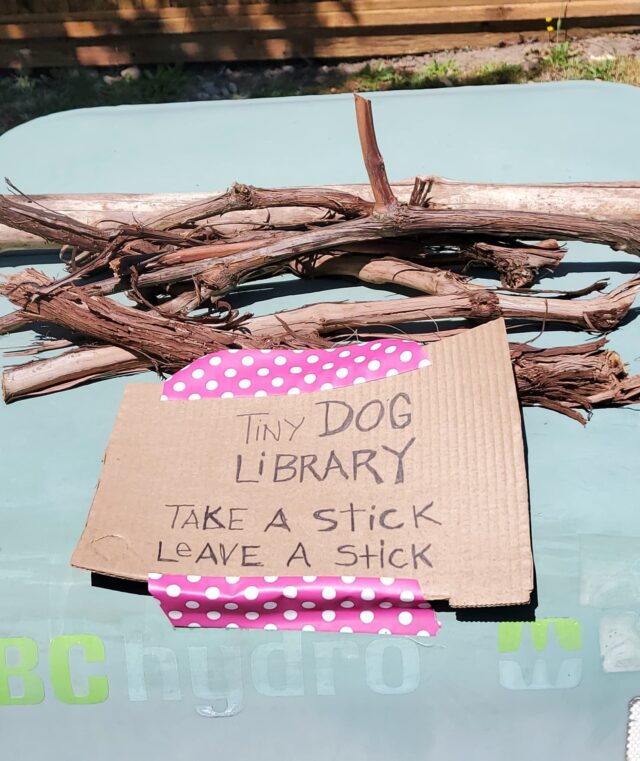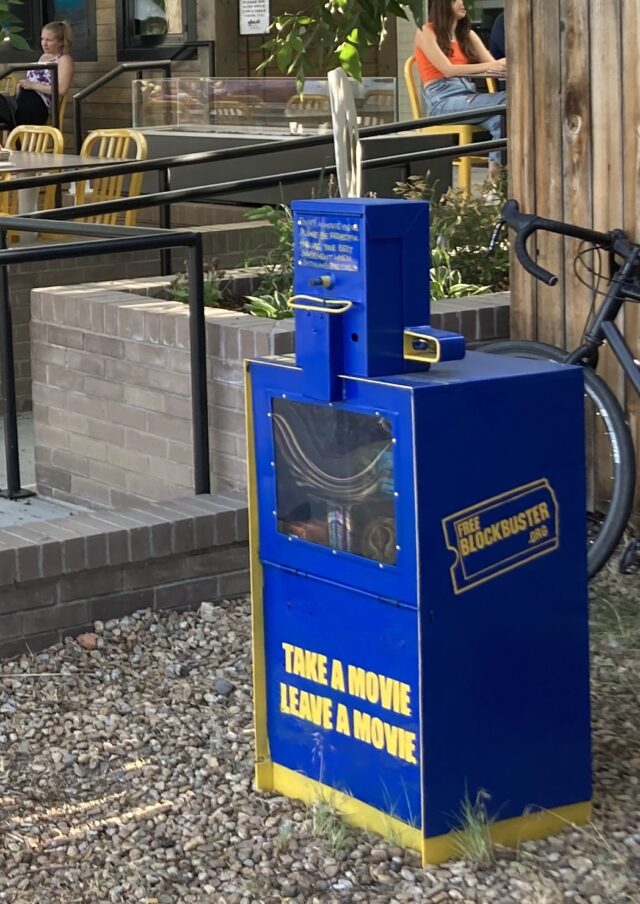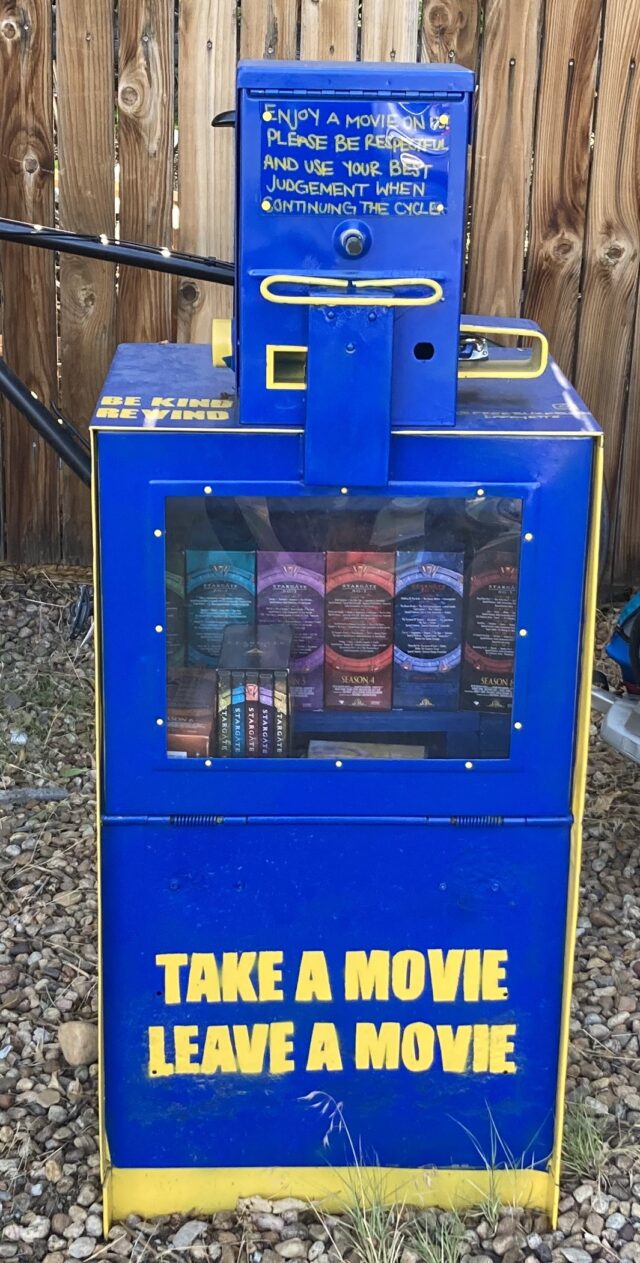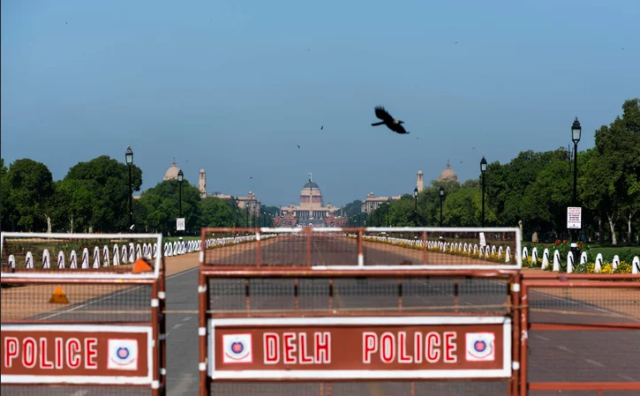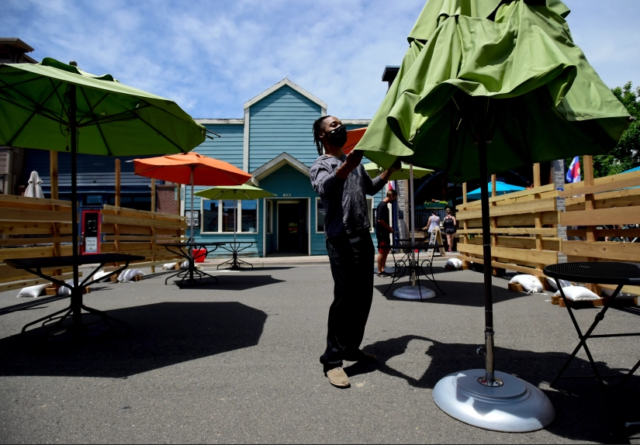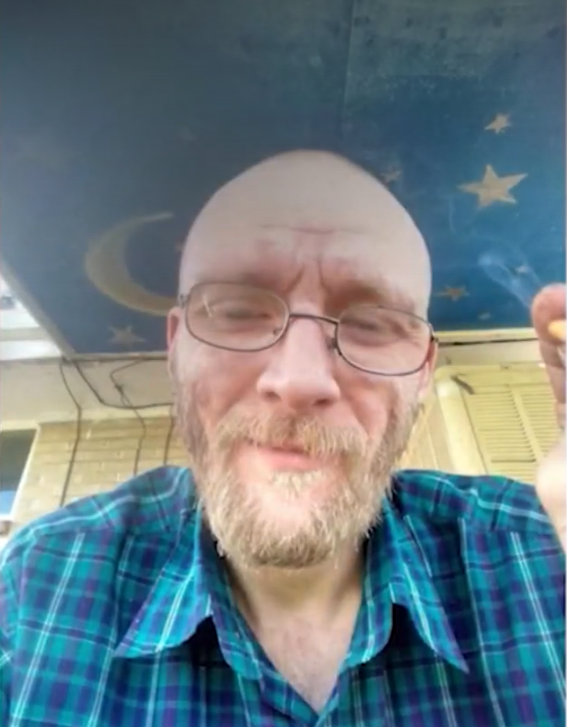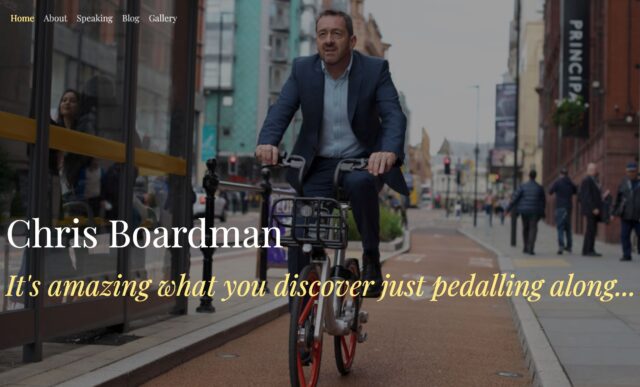Mission: To promote driving less so all may live more.
“I need ammunition, not a ride”
Volodymyr Zelensky
The Hero
Ukrainian President Volodymyr Zelensky is probably not riding a bike today. He’s currently dodging Russian tanks. He leads with astonishing courage and composure.

When it became clear that 100,000 Russian troops were gathering on the border of Ukraine, the drums of war began to beat in the West.
Zelensky, however, didn’t beat them. Instead, on February 13, 2022, Zelensky urged President Biden to visit Kyiv in order to send a “powerful signal” that will help stabilize “the situation.”[1] That and similar requests were denied or ignored. Nevertheless, to avoid giving Russia a pretense for invading, Zelensky consistently de-escalated the tension, sought to communicate with Putin, and reached out for international support.
Once the invasion was imminent and in progress, Zelensky’s tone changed accordingly.[2]
- “But if we come under attack, if we face an attempt to take away our country, our freedom, our lives and the lives of our children, we will defend ourselves. When you attack us, you will see our faces. Not our backs, but our faces.”
- “Who is ready to fight alongside us? I don’t see anyone. Who is ready to give Ukraine a guarantee of NATO membership? Everyone is afraid.”
- “Our military, our national guard, our national police, our territory defense, special service, nationals of Ukraine, please carry on. We will win.”
Instead of leaving Kyiv, he has remained, broadcasting to several audiences: his people, the Russian people, and governing bodies. Recently, he addressed the EU Parliament and rightly received a standing ovation until he left the live stream.[3]
So rare a leader.
Of course the branches of the government and military are of the same material. Even more striking are the citizens who insist on resisting the invasion. Equally striking are non-citizens from other countries entering Ukraine help fight.
The instruments of warfare are lopsided, as we all know, but that doesn’t stop the Ukrainians. Behold the pedestrian stopping a tank:
If in January someone had told me that Ukrainian women would be making and throwing Molotov cocktails, that several men would be stepping in front of tanks to slow them down, that a president was among the most coherent and fearless…I would have thought it a fiction.
May most of the Ukrainians survive and rebuild their country.
Zelensky the Biker
He did ride when he was pretending to be president; that is, when he starred in Servant of the People:
If cars and trucks are a problem to our environment, tanks fall at one end of the spectrum and bikes at the other.
The Bike and the War
The bike and the war are related the way, say, eating well and sickness are related. Just as eating is not a sufficient cause to stop all illness, so, of course, a lack of dependence on oil will not stop all wars. But a lack of dependence would allow more democratic countries to bow down less frequently to oil-rich countries.[4]
If the West, and especially America, had for the past five decades learned to depend upon bicycling, walking, and public transportation—instead of massive fossil fuel consumption—the invasion of Ukraine would likely be different. Russia would not have made nearly so much money selling crude oil to us, having far less money for tanks and other instruments of war. In 2021 alone, Russia sold about $110,000,000,000 USD to the US.[5] That’s $110 billion, while each tank costs around $4 million.
I am not proposing self-propulsion as means of world peace. I am pointing out that if one looks at both the scale of Russia’s armament and the amount of crude oil sold to the US (not to mention European countries), one cannot avoid seeing two problems whose interests and effects overlap.
In his book, Winter is Coming: Why Vladimir Putin and the Enemies of the Free World Must Be Stopped (2014), Garry Kasparov predicted all of this:
The naïve idea was that the free world would use economic and social ties to gradually liberalize authoritarian states. In practice, the authoritarian states have abused this access and economic interdependency to spread their corruption and fuel repression at home.
He also wrote that “We must fight with the vast resources of the free world, beginning with moral values and economic incentives and with military action only as a last resort.” He was ignored, and now the world is addressing the problem in reverse order: military action, economic incentives, and, one would hope, moral values.[6]
Obviously bikes would make a difference. Of course, a few of us leaving our cars at home will not be felt on anything more than a municipal scale. It would take many, nay, a majority to affect national economies.
There are two ways to obtain a majority: (1) massive changes in infrastructure, policy and legislation through governmental power and (2) voluntary participation (which would also lead to a better infrastructure).
Concerning the first, many Americans do not want government involvement. In Hamlet’s words, “examples gross as earth exhort” us.
As for the second, until recently, I had despaired of voluntary participation on a large scale. But if things get bad enough—climate change, gasoline prices, and health problems—and if we are inspired after the fashion of the Ukrainian citizens…well, some day the tide may turn.
Is there anything else I need say in favor of a culture of self-propulsion and public transportation? Isn’t it all obvious? And yet it’s so easy to ignore the far-reaching consequences of ignoring the obvious. Today I was planning to get into my car to run an errand. But these reminders have cured my amnesia…for the moment. It’s a good day for a bike ride.
Today’s Bollard
Bollards stop cars, and this one from who-knows-where stopped a tank. Go bikes, go pedestrians, go Zelenski, go Ukraine!
____Footnotes____
[1] From the New York Times, last visited 3/3/22, Ukraine’s President Tries to Avert Panic as Pressure Mounts, Feb. 13, 2022.
[2] These quotes taken from MEA Worldwide, last visited 3/3/22, Top Volodymyr Zelenskyy quotes: How Ukrainian president inspired the world with his bravery, Feb. 26, 2022.
[3] For the eight-minute speech, see YouTube, last visited 3/3/22, Zelensky receives standing ovation after speech to European Parliament, March 1, 2022.
[4] As Garry Kasparov writes: “Meanwhile, Europe draws 80 percent of Russia’s energy exports, so who has the greater leverage in this relationship? And yet during the Ukraine crisis we have heard it repeated constantly that Europe cannot act against Russia because of energy dependency! Eight months after Putin annexed Crimea and three and a half months after evidence mounted that Russian forces had shot down a commercial airliner over Ukraine, Europe was still ‘considering’ looking at ways to substitute Russian gas.” Winter is Coming: Why Vladimir Putin and the Enemies of the Free World Must Be Stopped (2014/15), by Garry Kasparov, PublicAffairs. Kindle Edition.
[5] From the site, Statistica, last accessed 3/2/22, Export value of crude oil from Russia from 2000 to 2021.
[6] Both quotes are from the introduction of Winter is Coming: Why Vladimir Putin and the Enemies of the Free World Must Be Stopped (2014/15), by Garry Kasparov, PublicAffairs. Kindle Edition.
